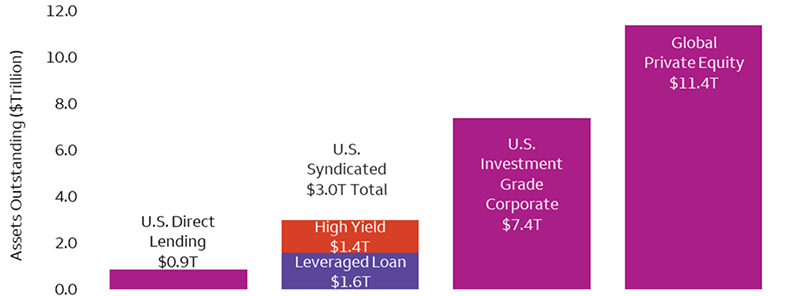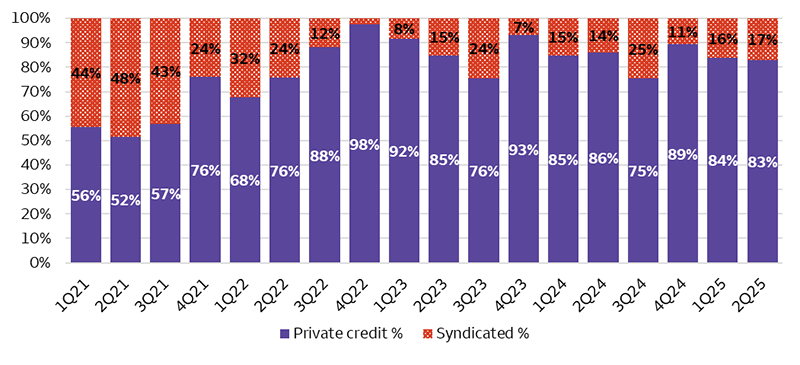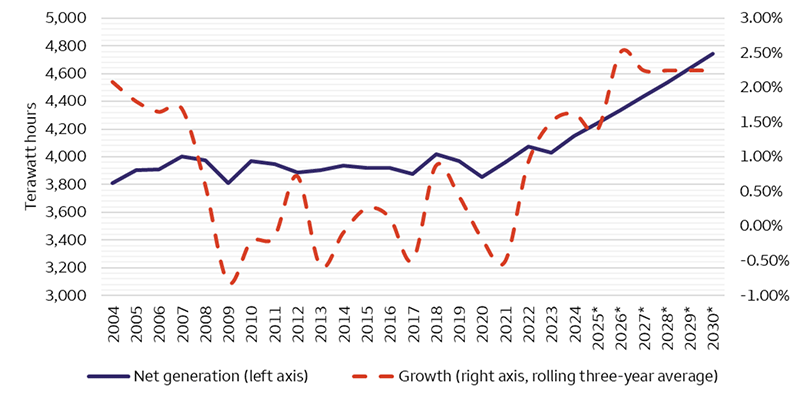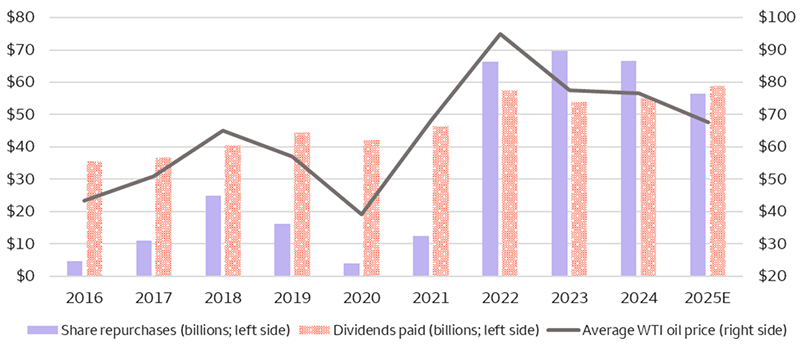Each asset class has its own risk and return characteristics. The level of risk associated with a particular investment or asset class generally correlates with the level of return the investment or asset class might achieve. Stock markets, especially foreign markets, are volatile. Stock values may fluctuate in response to general economic and market conditions, the prospects of individual companies, and industry sectors. Foreign investing has additional risks including those associated with currency fluctuation, political and economic instability, and different accounting standards. These risks are heightened in emerging markets. Small- and mid-cap stocks are generally more volatile, subject to greater risks and are less liquid than large company stocks. Bonds are subject to market, interest rate, price, credit/default, liquidity, inflation and other risks. Prices tend to be inversely affected by changes in interest rates. High yield (junk) bonds have lower credit ratings and are subject to greater risk of default and greater principal risk. The commodities markets are considered speculative, carry substantial risks, and have experienced periods of extreme volatility. Investing in a volatile and uncertain commodities market may cause a portfolio to rapidly increase or decrease in value which may result in greater share price volatility. The Energy sector may be adversely affected by changes in worldwide energy prices, exploration, production spending, government regulation, and changes in exchange rates, depletion of natural resources, and risks that arise from extreme weather conditions.
Alternative investments, such as private credit, hedge funds, private equity/private debt and private real estate funds, are speculative and involve a high degree of risk that is appropriate only for those investors who have the financial sophistication and expertise to evaluate the merits and risks of an investment in a fund and for which the fund does not represent a complete investment program. They entail significant risks that can include losses due to leveraging or other speculative investment practices, lack of liquidity, volatility of returns, restrictions on transferring interests in a fund, potential lack of diversification, absence and/or delay of information regarding valuations and pricing, complex tax structures and delays in tax reporting, less regulation and higher fees than mutual funds. Hedge fund, private equity, private debt and private real estate fund investing involves other material risks including capital loss and the loss of the entire amount invested. A fund's offering documents should be carefully reviewed prior to investing.
Hedge fund strategies, such as Equity Hedge, Event Driven, Macro and Relative Value, may expose investors to the risks associated with the use of short selling, leverage, derivatives and arbitrage methodologies. Short sales involve leverage and theoretically unlimited loss potential since the market price of securities sold short may continuously increase. The use of leverage in a portfolio varies by strategy. Leverage can significantly increase return potential but create greater risk of loss. Derivatives generally have implied leverage which can magnify volatility and may entail other risks such as market, interest rate, credit, counterparty and management risks. Arbitrage strategies expose a fund to the risk that the anticipated arbitrage opportunities will not develop as anticipated, resulting in potentially reduced returns or losses to the fund.
Asset allocation and diversification are investment methods used to help manage risk. They do not guarantee investment returns or eliminate risk of loss including in a declining market.
Bloomberg U.S. Corporate Bond Index includes publicly issued U.S. corporate and Yankee debentures and secured notes that meet specified maturity, liquidity, and quality requirements.
Bloomberg U.S. Corporate High Yield Index covers the universe of fixed-rate, noninvestment-grade debt.
Bloomberg U.S. Corporate Statistics Index measures the performance of the investment-grade, fixed-rate, taxable corporate bond market in the United States.
Cliffwater Direct Lending Index (CDLI) measures the performance of U.S. middle market corporate loans as represented by the unlevered, gross of fees performance of these loans, as reflected by the underlying assets of Business Development Companies (BDCs).
S&P 500 Energy Index comprises those companies included in the S&P 500 that are classified as members of the GICS® energy sector.
S&P UBS Leveraged Loan Index measures the market-value-weighted performance of the investable universe of USD-denominated leveraged loans.
An index is unmanaged and not available for direct investment.
Pitchbook data methodology:
- Unless otherwise noted, data reflects new-issue direct lending transactions as tracked by PitchBook LCD. Except for BDC analysis, charts reflect new transactions in the US direct lending market, including both private-equity-backed borrowers and non-backed borrowers, as covered by LCD News.
- We define direct lending as directly originated loans to corporate borrowers that are not broadly syndicated. These borrowers are typically unrated and tend to be small to midsized companies. However, in recent years, larger borrowers have also issued this type of financing. This type of financing is typically provided by a non-bank lender, or a small “club,” or group, of lenders. These loans are generally not tradeable as broadly syndicated loans are. Lenders usually provide the financing with the intention of holding the debt to maturity.
- BDC analysis is based on quarterly filings of over 100 BDC portfolios as tracked by PitchBook LCD.
- Given the opaque nature of the direct lending market, deal size is not available for every transaction. To calculate overall volume, LCD estimates deal size where it is not available using historical averages within our dataset.
Global Investment Strategy (GIS) is a division of Wells Fargo Investment Institute, Inc. (WFII). WFII is a registered investment adviser and wholly owned subsidiary of Wells Fargo Bank, N.A., a bank affiliate of Wells Fargo & Company.
The information in this report was prepared by Global Investment Strategy. Opinions represent GIS’ opinion as of the date of this report and are for general information purposes only and are not intended to predict or guarantee the future performance of any individual security, market sector or the markets generally. GIS does not undertake to advise you of any change in its opinions or the information contained in this report. Wells Fargo & Company affiliates may issue reports or have opinions that are inconsistent with, and reach different conclusions from, this report.
The information contained herein constitutes general information and is not directed to, designed for, or individually tailored to, any particular investor or potential investor. This report is not intended to be a client-specific suitability or best interest analysis or recommendation, an offer to participate in any investment, or a recommendation to buy, hold or sell securities. Do not use this report as the sole basis for investment decisions. Do not select an asset class or investment product based on performance alone. Consider all relevant information, including your existing portfolio, investment objectives, risk tolerance, liquidity needs and investment time horizon. The material contained herein has been prepared from sources and data we believe to be reliable but we make no guarantee to its accuracy or completeness.
Wells Fargo Advisors is registered with the U.S. Securities and Exchange Commission and the Financial Industry Regulatory Authority, but is not licensed or registered with any financial services regulatory authority outside of the U.S. Non-U.S. residents who maintain U.S.-based financial services account(s) with Wells Fargo Advisors may not be afforded certain protections conferred by legislation and regulations in their country of residence in respect of any investments, investment transactions or communications made with Wells Fargo Advisors.
Wells Fargo Advisors is a trade name used by Wells Fargo Clearing Services, LLC and Wells Fargo Advisors Financial Network, LLC, Members SIPC, separate registered broker-dealers and non-bank affiliates of Wells Fargo & Company.



 Sources: Direct Lending from Pitchbook, Cliffwater, and Wells Fargo Investment Institute. High Yield and Leveraged Loan market pools are from Bloomberg U.S. Corporate High Yield Bond Index and S&P UBS Leveraged Loan Index, respectively. Investment Grade Corporate from Bloomberg U.S. Corporate Statistics Index. Global Private Equity includes funds that report to the Pitchbook database that are categorized as Private Equity, Venture Capital, and Fund of Funds. Data as of December 31, 2024. An index is unmanaged and not available for direct investment.
Sources: Direct Lending from Pitchbook, Cliffwater, and Wells Fargo Investment Institute. High Yield and Leveraged Loan market pools are from Bloomberg U.S. Corporate High Yield Bond Index and S&P UBS Leveraged Loan Index, respectively. Investment Grade Corporate from Bloomberg U.S. Corporate Statistics Index. Global Private Equity includes funds that report to the Pitchbook database that are categorized as Private Equity, Venture Capital, and Fund of Funds. Data as of December 31, 2024. An index is unmanaged and not available for direct investment. Sources: Pitchbook and Wells Fargo Investment Institute, data as of June 30, 2025. See definitions section on page 8 for Pitchbook data methodology.
Sources: Pitchbook and Wells Fargo Investment Institute, data as of June 30, 2025. See definitions section on page 8 for Pitchbook data methodology. Sources: U.S. Energy Information Administration and Wells Fargo Investment Institute. Data as of July 29, 2025.
Sources: U.S. Energy Information Administration and Wells Fargo Investment Institute. Data as of July 29, 2025. Sources: FactSet and Wells Fargo Investment Institute. Data as of July 21, 2025. West Texas Intermediate (WTI) oil price is the average year-to-date price. E = estimate. Dividends paid include variable and special dividend payments. Energy sector represented by S&P 500 Energy Index. An index is unmanaged and not available for direct investment. Past performance is no guarantee of future results.
Sources: FactSet and Wells Fargo Investment Institute. Data as of July 21, 2025. West Texas Intermediate (WTI) oil price is the average year-to-date price. E = estimate. Dividends paid include variable and special dividend payments. Energy sector represented by S&P 500 Energy Index. An index is unmanaged and not available for direct investment. Past performance is no guarantee of future results.